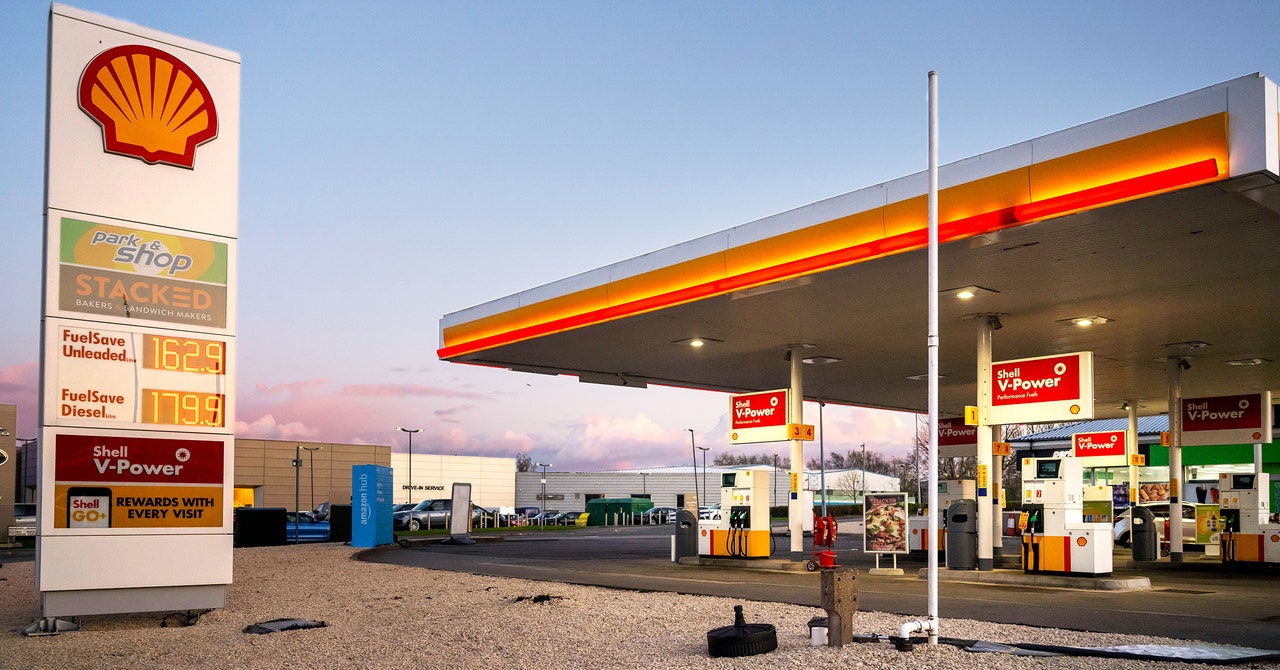In the U.S, fueling your car has become 46 percent more expensive in the past year, although people outside the country can only dream of paying $4.25 for a gallon of gasoline. In the UK, the average price at the pump is closer to $9.77 per gallon. Austria and Germany plan to ration natural gas consumption in light of high prices. And on April 1, British consumers swallowed a 54 percent price increase to heat their homes. Meanwhile, Russian President Vladimir Putin has said customers will have to pay for Russian gas in rubles or they will be cut off. In response to recent events, US President Joe Biden has plunged into the country’s strategic petroleum reserve, pushing it to its lowest level in nearly 30 years. Despite this, a barrel of oil still costs 60 percent more than a year ago. Interventions to lower prices have not worked.
Wherever you are and whatever you are doing, you have almost certainly felt the sting of the global energy crisis. And there is no end in sight. “We got into this mess long before the war in Ukraine,” said Thierry Bros, a professor of energy at Sciences Po University in Paris. “But Putin also helped us get into this mess.” Bros points to Europe’s over-reliance on energy giant Gazprom, in which the Russian state has a majority stake, making it impossible to replace all Russian gas overnight. Russia is the world’s second largest supplier of natural gas, after the US, and the third largest supplier of oil, after the US and Saudi Arabia. For Adi Ismirovic, a senior research fellow at the UK-based Oxford Institute for Energy Studies, it’s an indication that the world has sleepwalked the energy crisis by not preparing for the future after fossil fuels.
For example, Germany is closing some of its nuclear power plants at a time when they are still operational and still needed in the European energy mix. Why? Blame the politicians. As it stands, Ismirovic believes Europe can survive without Russian oil, which accounts for about 30 percent of the European Union’s supplies. But it cannot survive without Russian gas, which makes up 40 percent of the gas in the EU. “Without oil there will be problems, but it can survive,” he says. “But it would be really difficult without Russian gas. The lights will probably have to be turned off next winter.” That is if Russia decides to stop deliveries – and that remains a big question. But the situation is deteriorating. Putin has said he will demand payment of Russian gas supplies in rubles from April 1 to evade sanctions — a move countries, including Germany, have described as “blackmail”. The move has raised concerns that supplies could be disrupted.
Faced with rising prices and the consequences of the illegal war in Russia, countries are asking other fossil fuel producers to turn on the taps. Often cited as an example of a cartel, OPEC then organizes and pays for about 40 percent of the average annual global demand. The oil trade organization has been asked to increase supplies to make up for any shortfall in Russia, or to allow countries to exclude Russia completely. So far, OPEC has refused. On March 31, it said it would increase inventories by 432,000 barrels per day from May, an amount much lower than needed and an increase of less than 2 percent from existing production. So why isn’t OPEC turning on the taps? The reasons can be economic. Ismirovic says high prices mean more money for OPEC countries, many of which are allied to Russia and likely to benefit from the tight market. (The poor relationship between the US and top OPEC member Saudi Arabia after the murder of journalist Jamal Khashoggi may also make the organization less likely to act.) cartel is there to increase income for the cartel members”, says Ismirovic. “They want high prices, not low prices.”
OPEC’s inaction is why Biden has tapped into the US’s strategic oil reserve and put one million barrels of oil a day on the market. But this apparently daring move has had little impact. The price of oil fell when Biden announced he was taking action, but not significantly — an indication that US strategic oil makes little sense in the larger context. “It’s an easy button to press,” Ismirovic says. “It’s a fundamentally tight market.” And it is one of our own make.
Political expediency and short-termism have kept the world on the brink of an energy crisis for years, with politicians preferring to win voters over with eye-catching policies rather than executing difficult, long-term plans that would alter market fundamentals. The global share of gas in primary energy consumption has never been greater at a time when the world is supposedly greening its energy supply. Politicians have kept fuel prices low and threatened a windfall for energy companies, reducing their investment in alternative solutions, Ismirovic says. Countries have built infrastructure to support cheap hydrocarbons, rather than investing in more expensive alternatives that would be beneficial in the long run. The world has plunged its toe into the renewable energy sector, increasing the global share of renewable energy in electricity generation to 38 percent by 2021, while not fully supporting it fast enough to cover emergency fossil fuel shortages. to catch. Then came the global energy crisis to show how broken things really are.

